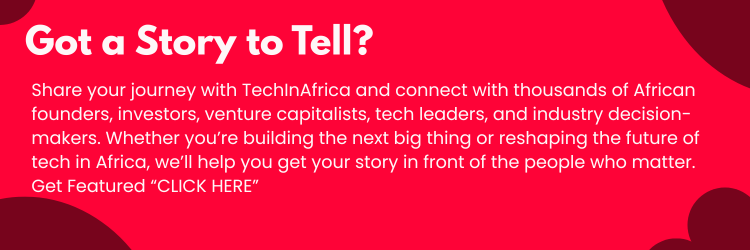The advancement in technology in other parts of the globe like Barcelona makes the residents enjoy a high quality of life. Technology has been a blessing to Barcelona since the residents in the picturesque Barcelona district of El Born count past days when their nights would be disturbed by garbage vehicles forever gone. Instead, the bins are fixed with high-tech sensors which notify the cleaners when the facilities should be emptied. High-tech solutions witnessed on the parking meters, street lamps and traffic lights are some of the significant achievements that citizens of Spain can be proud of.
Drivers also enjoy the improvements as they can check free parking spaces miles away from desired parking areas. Thanks to the magnetic sensors which has led to the reduction in time wastage and fuel emission by vehicles within metropolitan areas. Besides, a theatre in Barcelona is decked with a vertical garden, and this facility helps in collection of rainwater using the roof’s solar-powered system.
The situation in Barcelona is contrary to what we see in developing countries. Experts say that the adoption of high-tech in poor states may not be successful especially the slums. According to Ayona Datta who is a reader in urban futures at King’s College London, the adoption of a 24-hour smart water meter is impossible unless one is first connected to water systems. It is said that only gated areas in the developing countries can benefit from new technologies in water and transport sector.
When one needs to solve problems in developing countries, the solutions should come from the grassroots level. Social issues need to be given priority. Those who have no proper access to electricity and the internet may not see the fruits of technological advancement in the country.
The situation in Africa
Some African states have planned and designed satellite cities such as Nigeria’s Eko Atlantic City and Konza city in Kenya. Eko Atlantic City is also referred as Africa’s Dubai, and the developers said that upon completion it will solve housing problems in Nigeria and act as the financial headquarters of Nigeria. The city is being built next to Lagos on Victoria Island. The completion of such projects has led to mixed reactions in some states as it is said that the whole project is undertaken by the wealthy elites in the society who never respond to the plea of the poor people.
The idea of smart cities in South Africa has been criticized as there are people who perceive the whole idea as a way of turning neighborhoods into consumer zones.
The latest mixed reaction in Africa was seen in Rwanda where the critics said the houses were expensive for ordinary citizens. On the other hand, there was a group which praised the steps taken since Kigali was recognized for installing wireless internet in 2013 and it was among the first African cities to have it. However, the question remains, should it be a priority?
Case Study of India
India majorly faces the problem of rapid population growth. It is projected by UN-Habitat, the U.N. agency that deals with cities that in 2050, there will be additional 300 million persons in India’s major towns.
The idea of “Smart city” in Gujarat state has never faced opposition from various people. Some individuals claim that the project will displace substance farmers and since the construction is required to take place on a floodplain, it will cause inundation. Moreover, the actual cost that will be incurred is likely to be more than what had been planned for the project since other factors were not considered during the planning process. The outline of the project includes the construction of 920 km edge of the ancient city which is aimed to be a global manufacturing hub.
The most Effective Schemes for Cities
Slum Dwellers International (SDI) and other Non-governmental groups play a key role in eradicating poverty in developing nationals. The recent campaigns on “Know Your City” which involved community-based organizations from 32 countries centered its efforts in representing the poor who dwell in urban areas.
Some schemes effectively harness technology but rarely do they receive government support. In Kenya, Map Kibera was developed to provide visibility and security information about the marginalized areas in Nairobi. The developers intended that the same strategy would be used in other slums within Nairobi city
According to SDI, the data they obtained is communally owned, and their representation focuses on united efforts to air the voice of the poor in the society.





